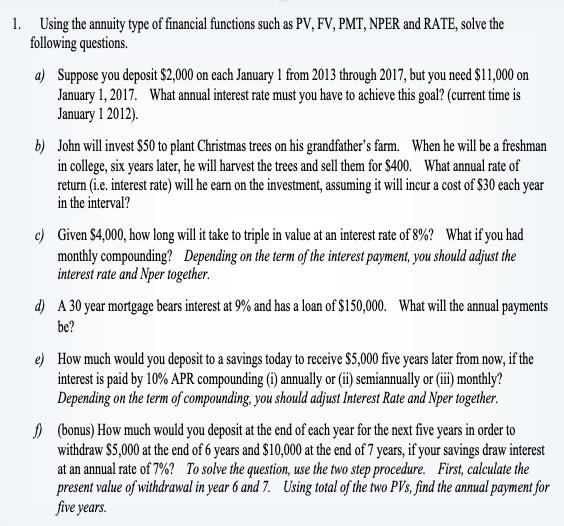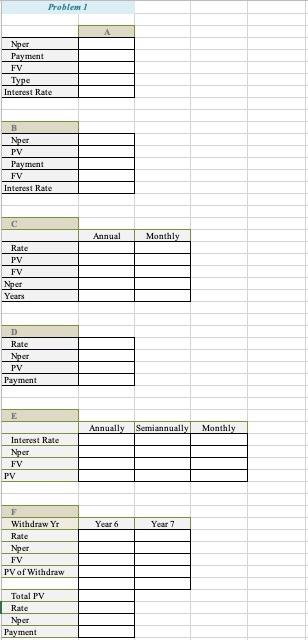Answered step by step
Verified Expert Solution
Question
1 Approved Answer
1. Using the annuity type of financial functions such as PV, FV, PMT, NPER and RATE, solve the following questions a) Suppose you deposit $2,000


Step by Step Solution
There are 3 Steps involved in it
Step: 1

Get Instant Access to Expert-Tailored Solutions
See step-by-step solutions with expert insights and AI powered tools for academic success
Step: 2

Step: 3

Ace Your Homework with AI
Get the answers you need in no time with our AI-driven, step-by-step assistance
Get Started


